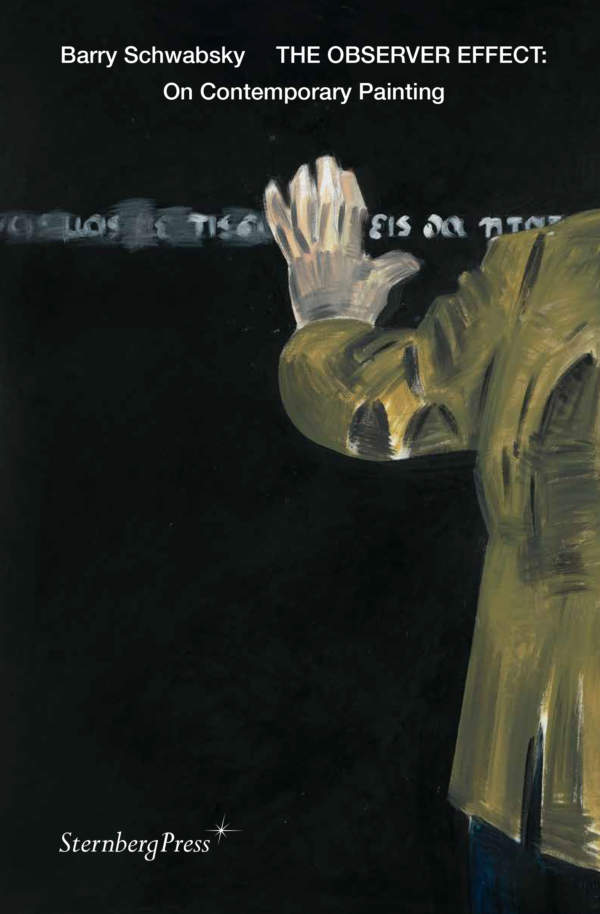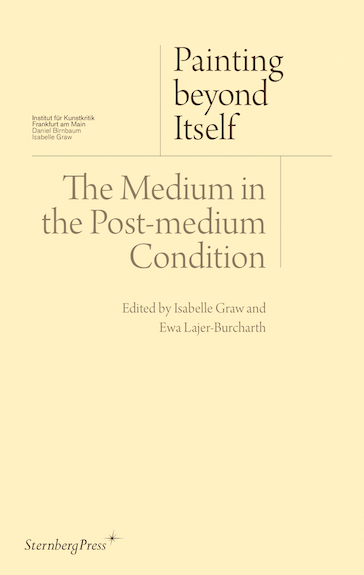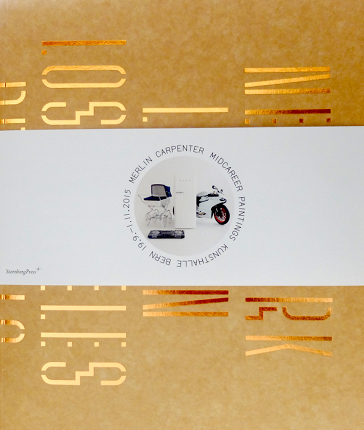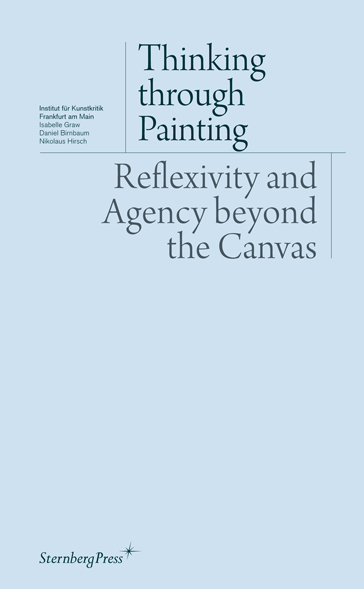Your cart is currently empty.
Cart
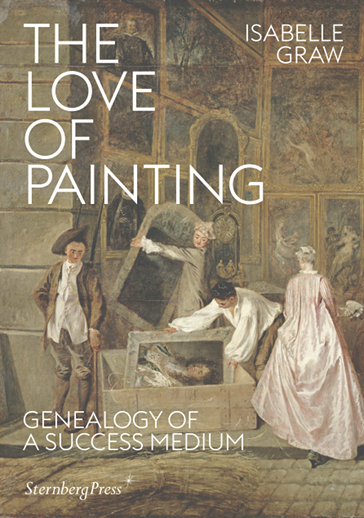
The Love of Painting
Genealogy of a Success Medium
Painting seems to have lost its dominant position in the field of the arts. However, looking more closely at exhibited photographs, assemblages, installations, or performances, it is evident how the rhetorics of painting still remain omnipresent. Following the tradition of classical theories of painting based on exchanges with artists, Isabelle Graw’s The Love of Painting considers the art form not as something fixed, but as a visual and discursive material formation with the potential to fascinate owing to its ability to produce the fantasy of liveliness. Thus, painting is not restricted to the limits of its own frame, but possesses a specific potential that is located in its material and physical signs. Its value is grounded in its capacity to both reveal and mystify its conditions of production. Alongside in-depth analyses of the work of artists like Édouard Manet, Jutta Koether, Martin Kippenberger, Jana Euler, and Marcel Broodthaers, the book includes conversations with artists in which Graw’s insights are further discussed and put to the test.
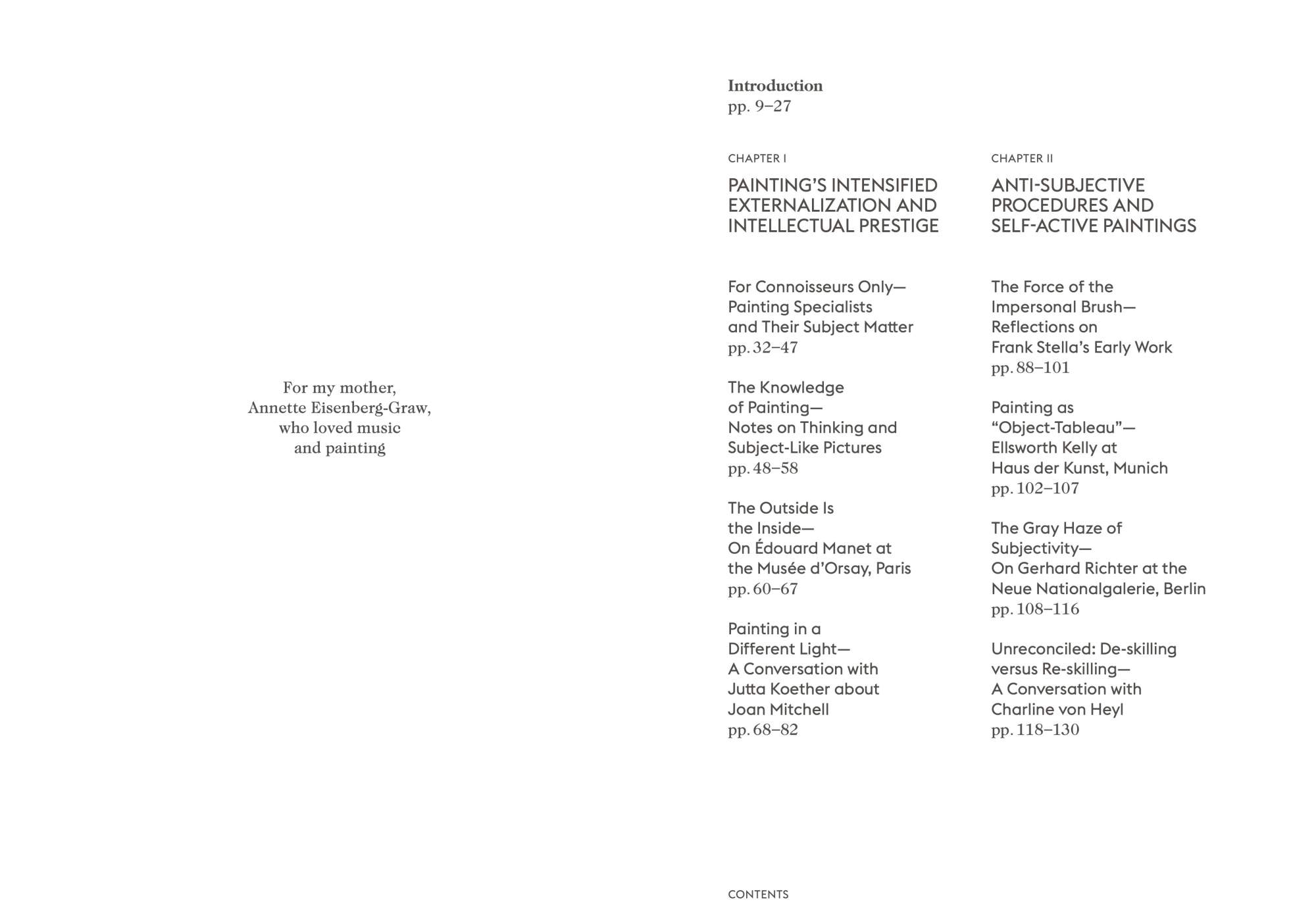
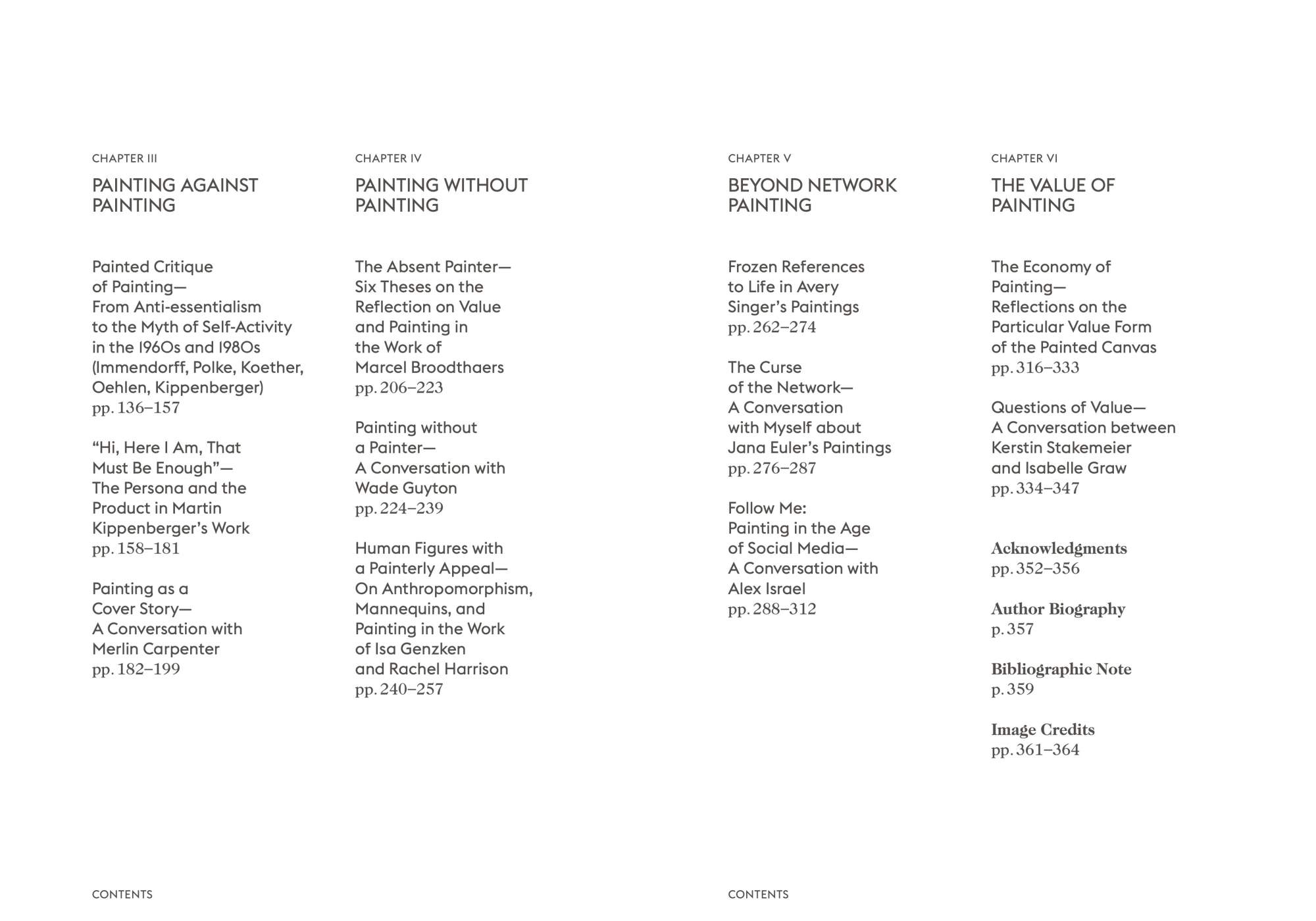
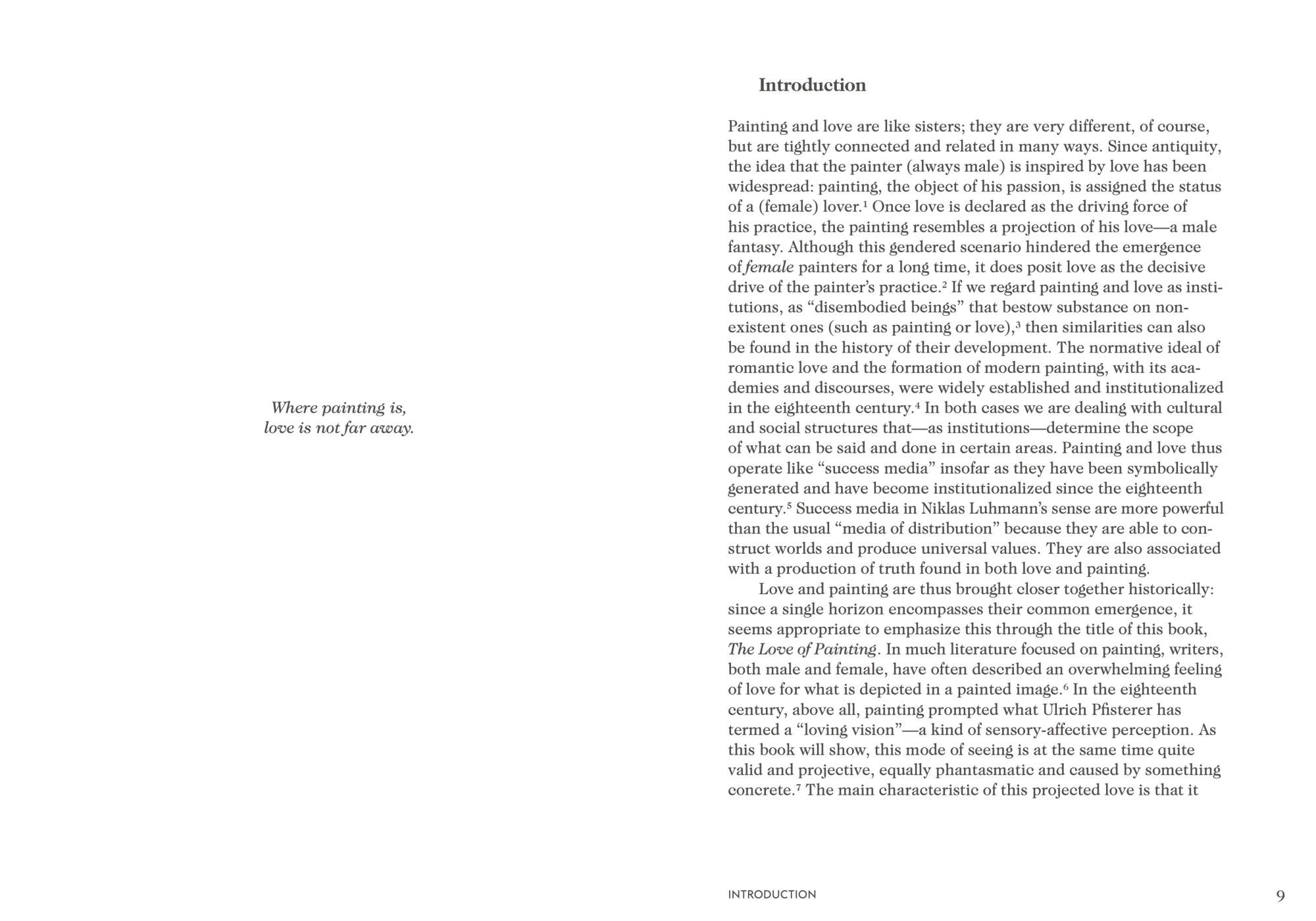
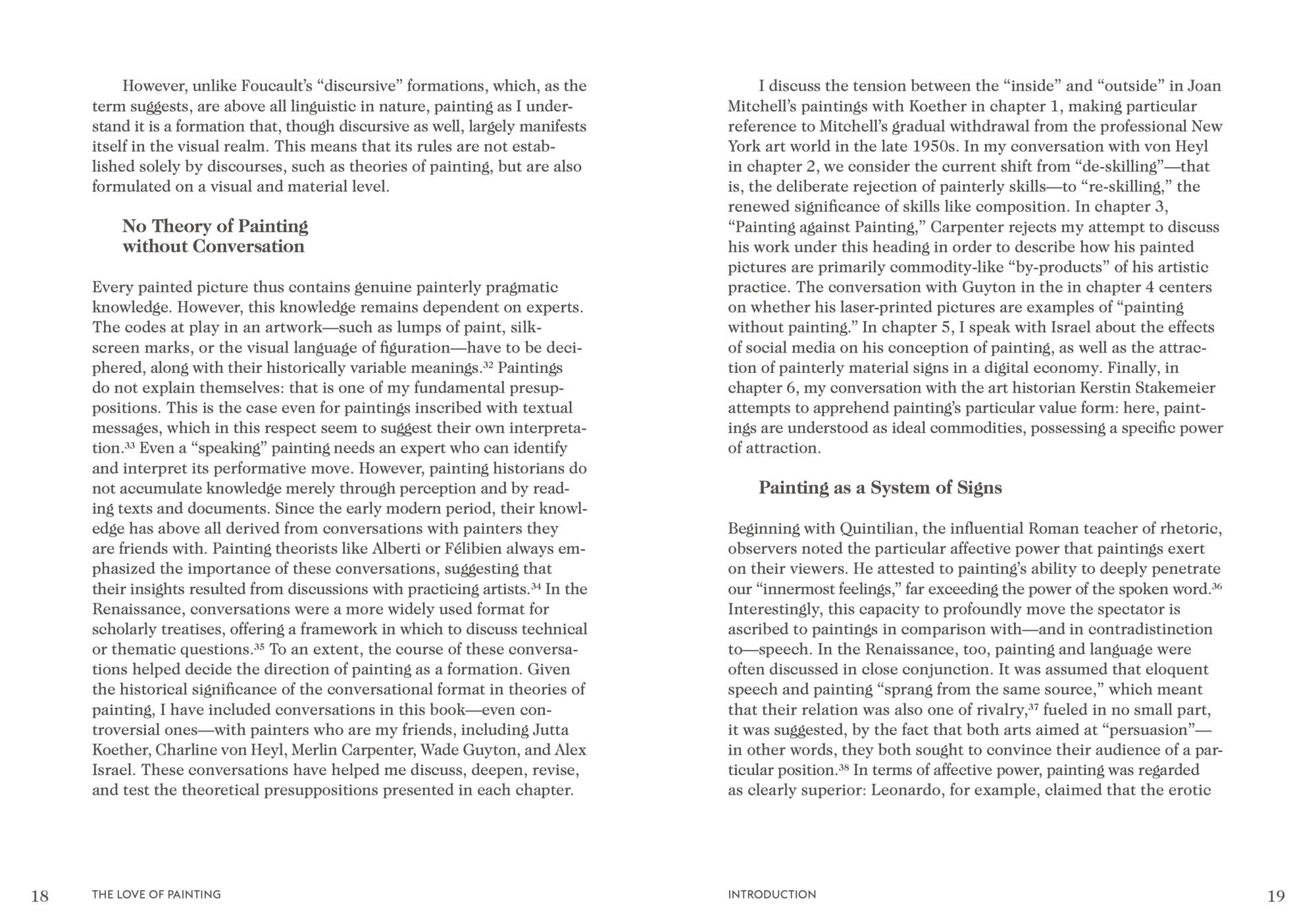
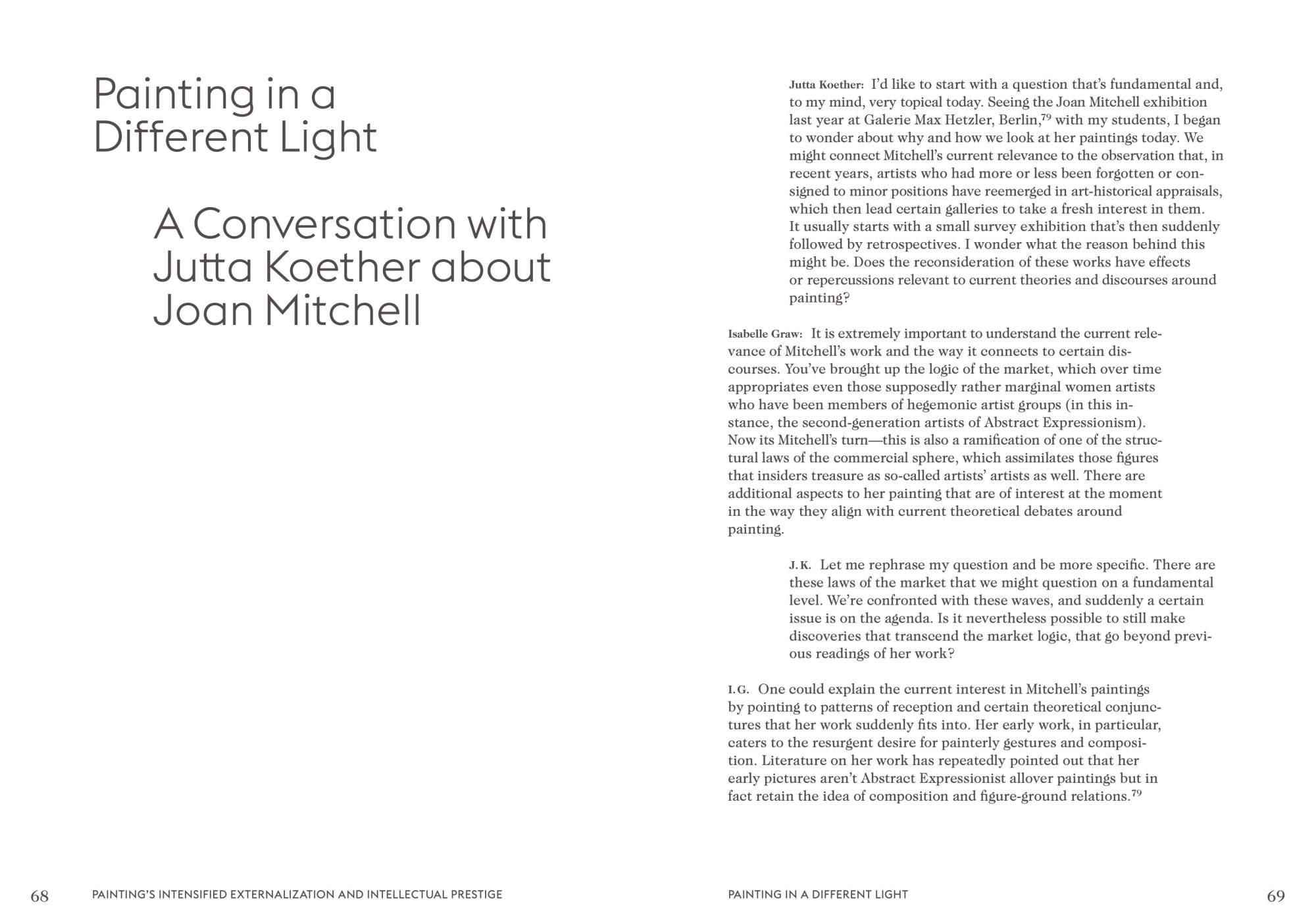
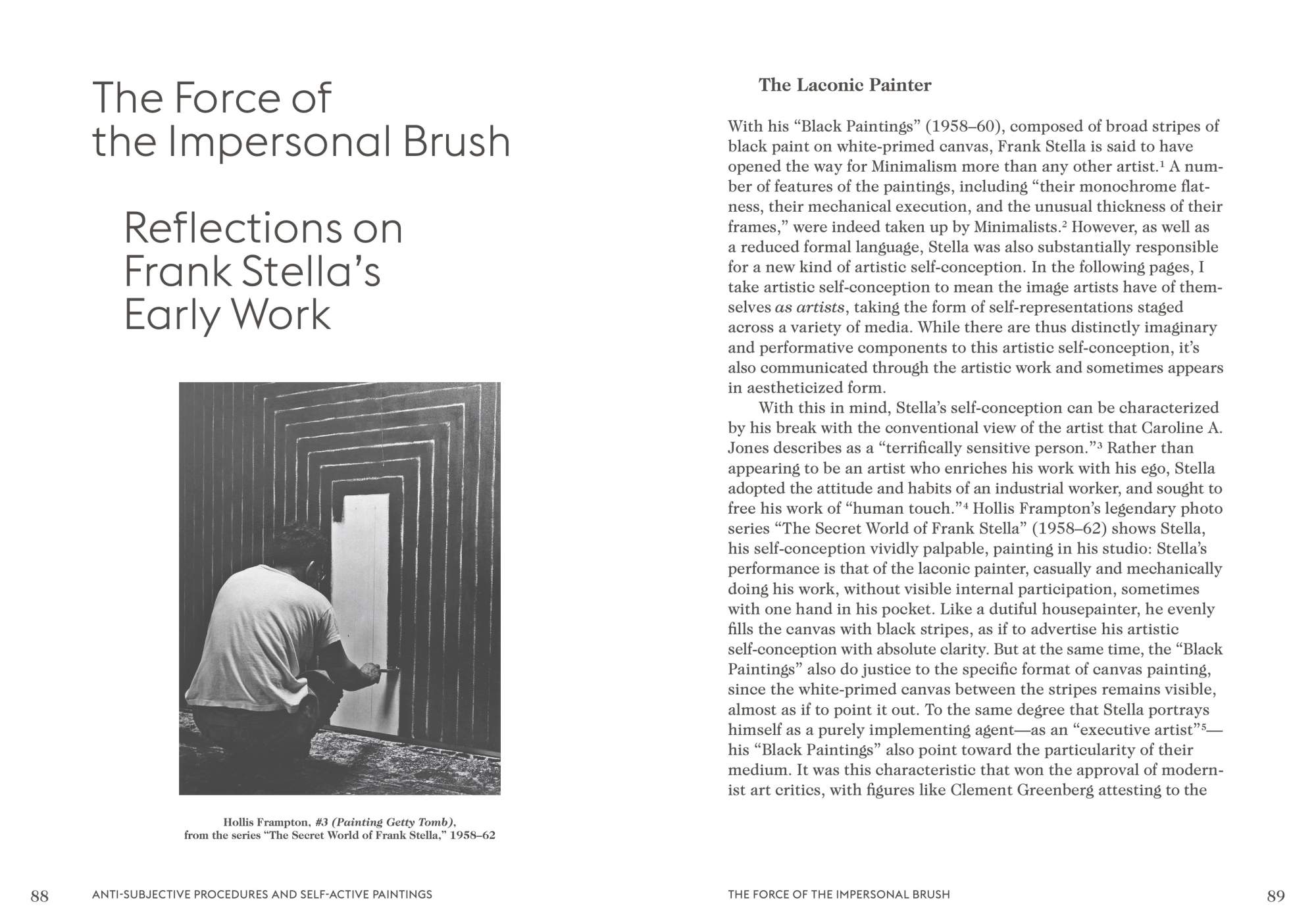
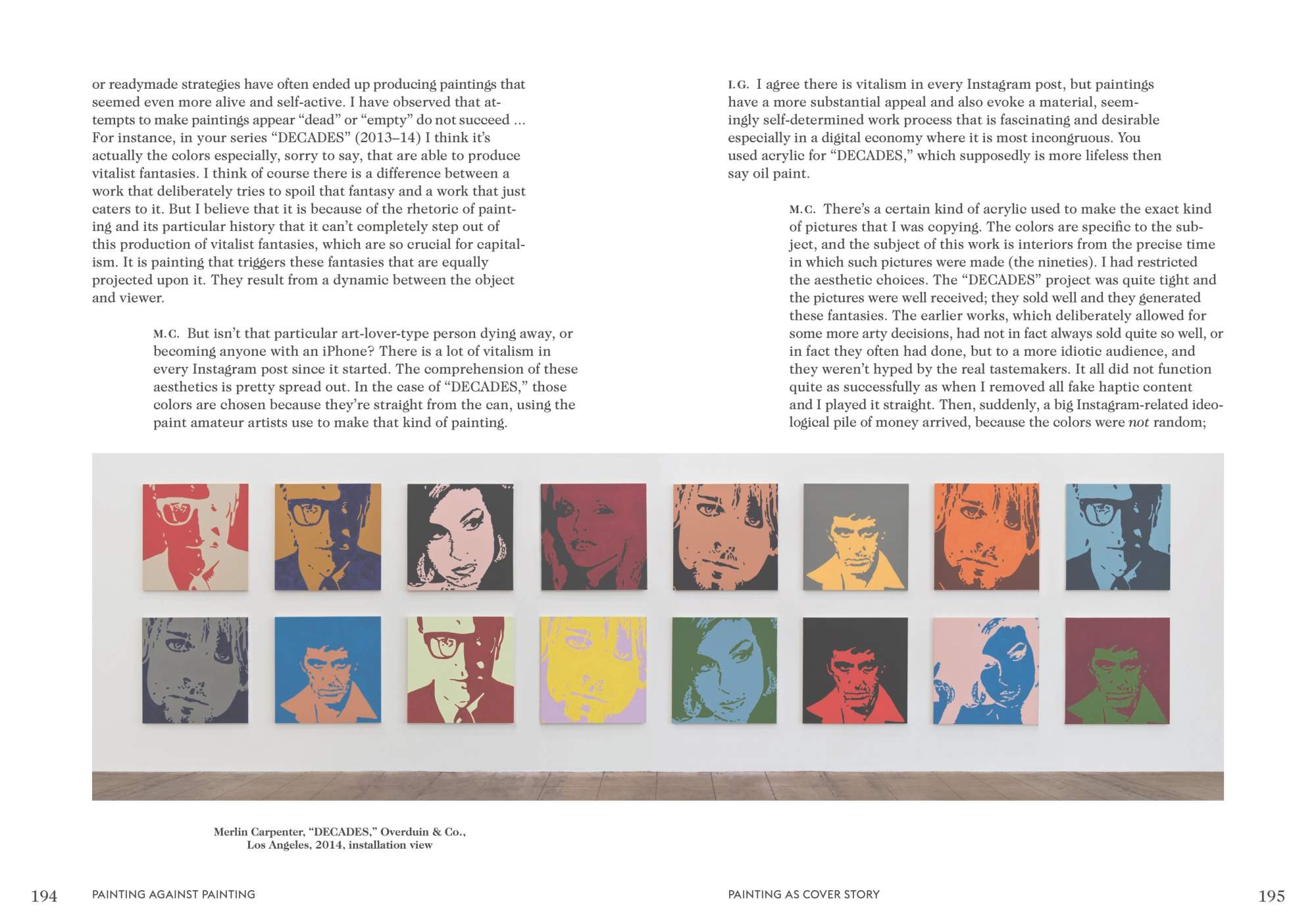
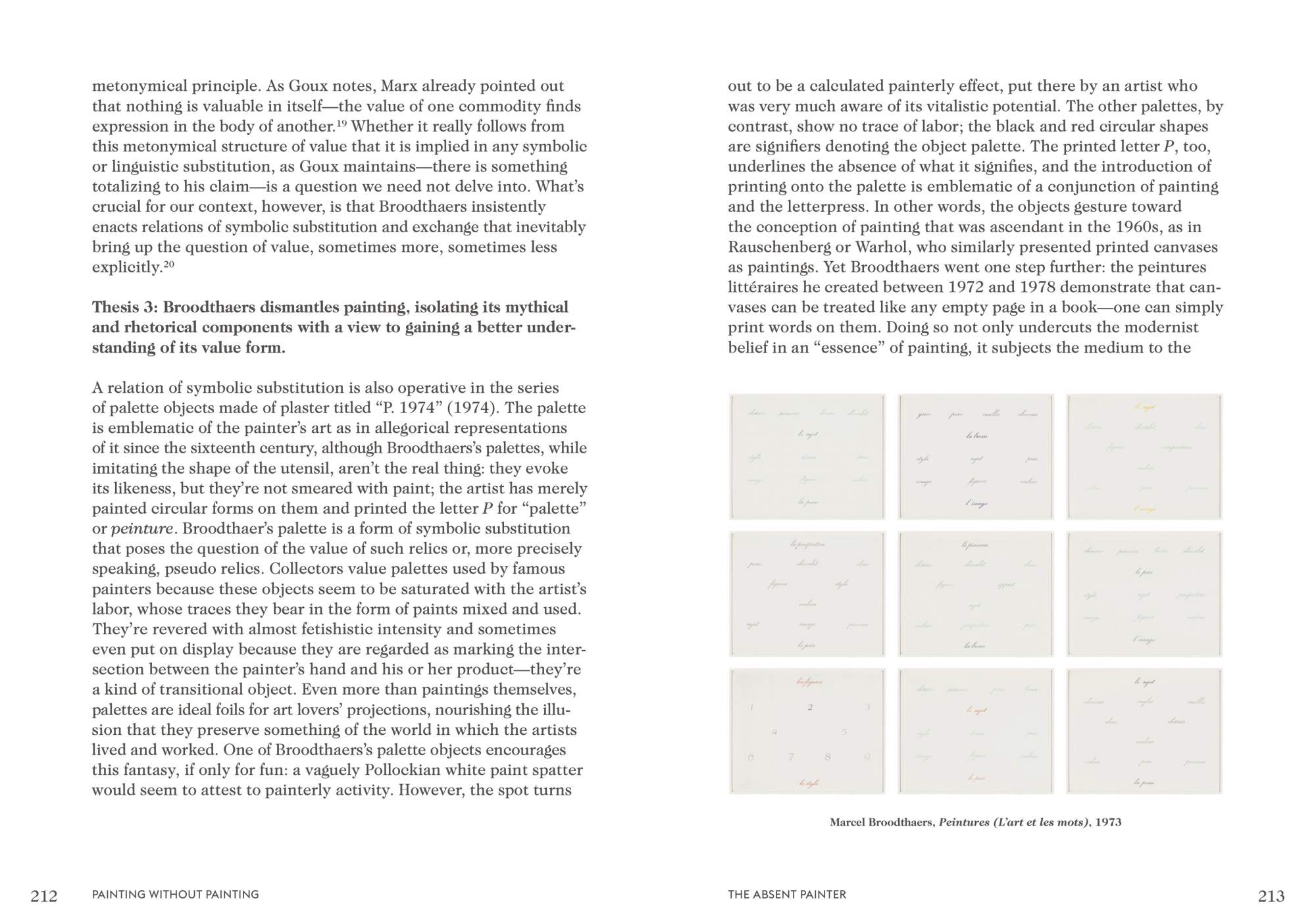
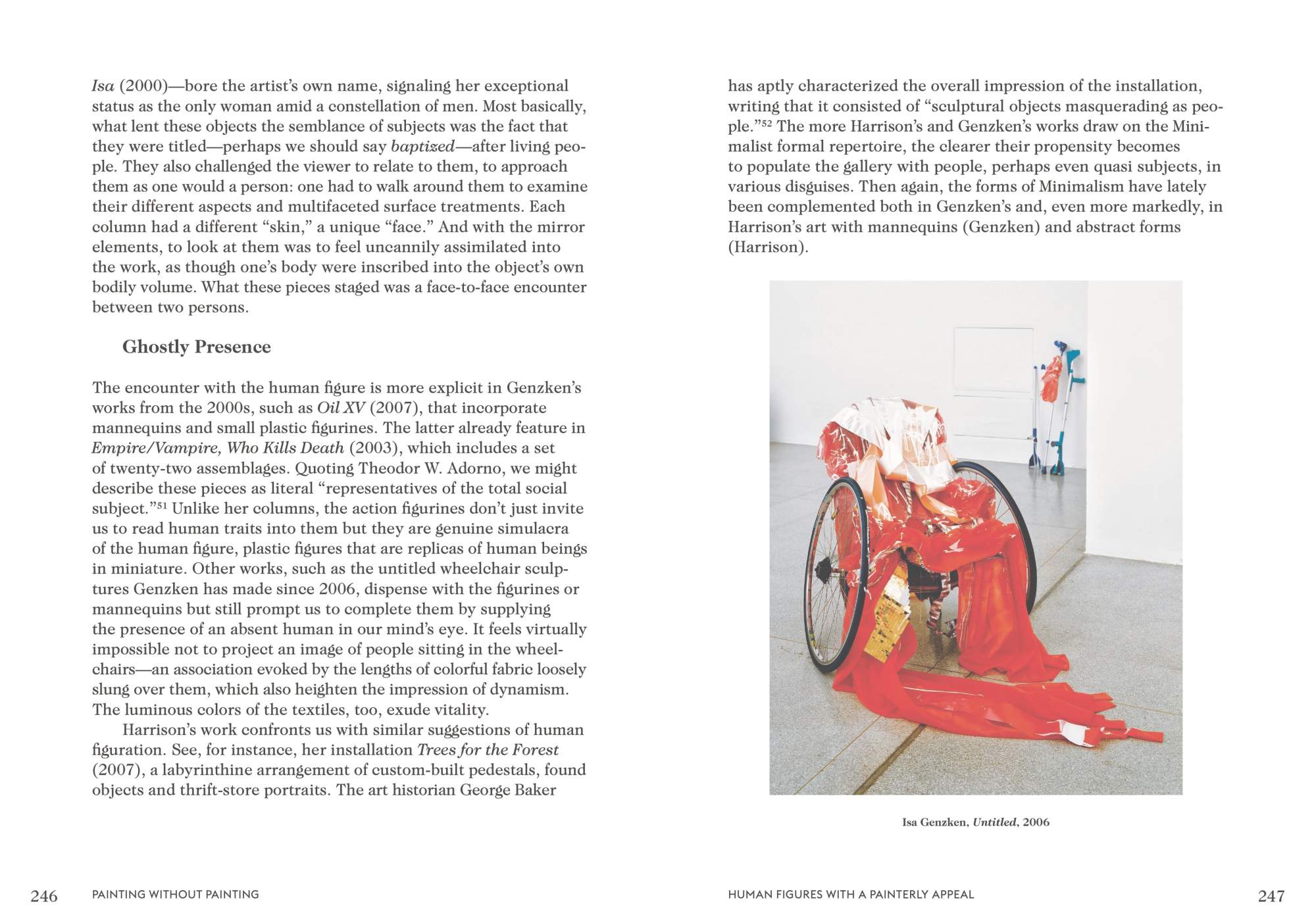
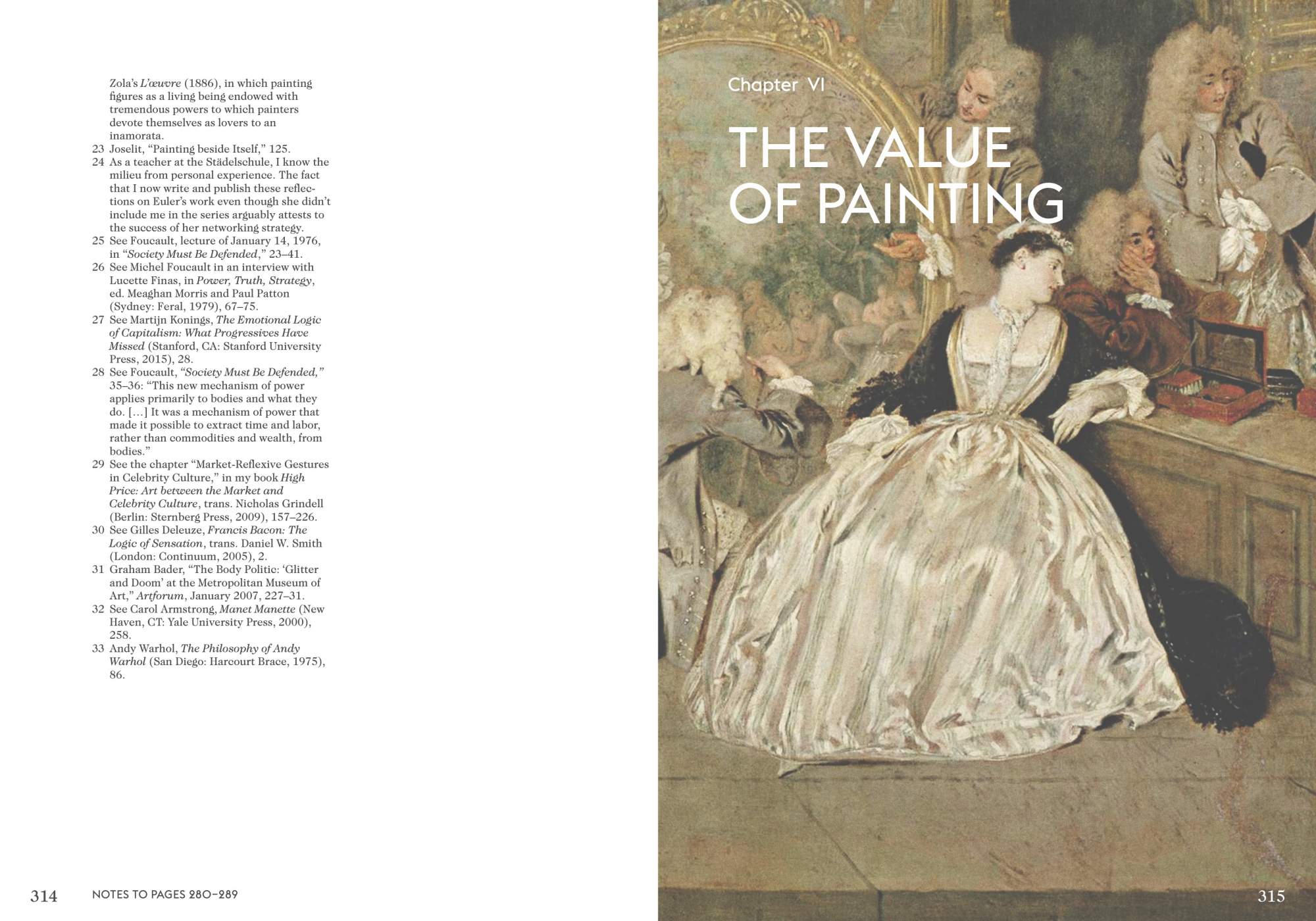
Softcover
€25.00
It’s about time for a book declaring ‘the love of painting’ to appear, afer the aridity of postmodernism’s announcement of painting’s demise. Isabelle Graw’s argument in favor of this love turns on what she terms ‘vitalistic fantasies’: the perception of artworks as ‘quasi subjects’ saturated with the life of their creator. This notion of the work of art as a quasi subject relates directly to the philosopher Stanley Cavell’s consideration that ‘the possibility of fraudulence, and the experience of fraudulence, is endemic in the experience of contemporary art.’ To understand this we must ask: Why do we relate to works of art in the same way we relate to people? The Love of Painting works on this question—and does so with success.
— Rosalind E. Krauss,
author and University Professor at the Department of Art History, Columbia University
Isabelle Graw’s brilliant analysis of the exceptional position of painting in our increasingly digital economy combines a deep respect for the objects of study and those who make them with an impressive range of critical and theoretical insights. Along the way, The Love of Painting never loses sight of the medium’s dialectical relationship to the art world, the art market, and society at large. This is a lively, provocative, and persuasively argued book
— Alexander Alberro,
author of Abstraction in Reverse: The Reconfigured Spectator in Mid-Twentieth-Century Latin American Art
